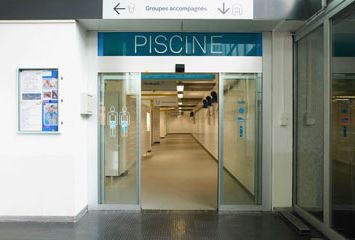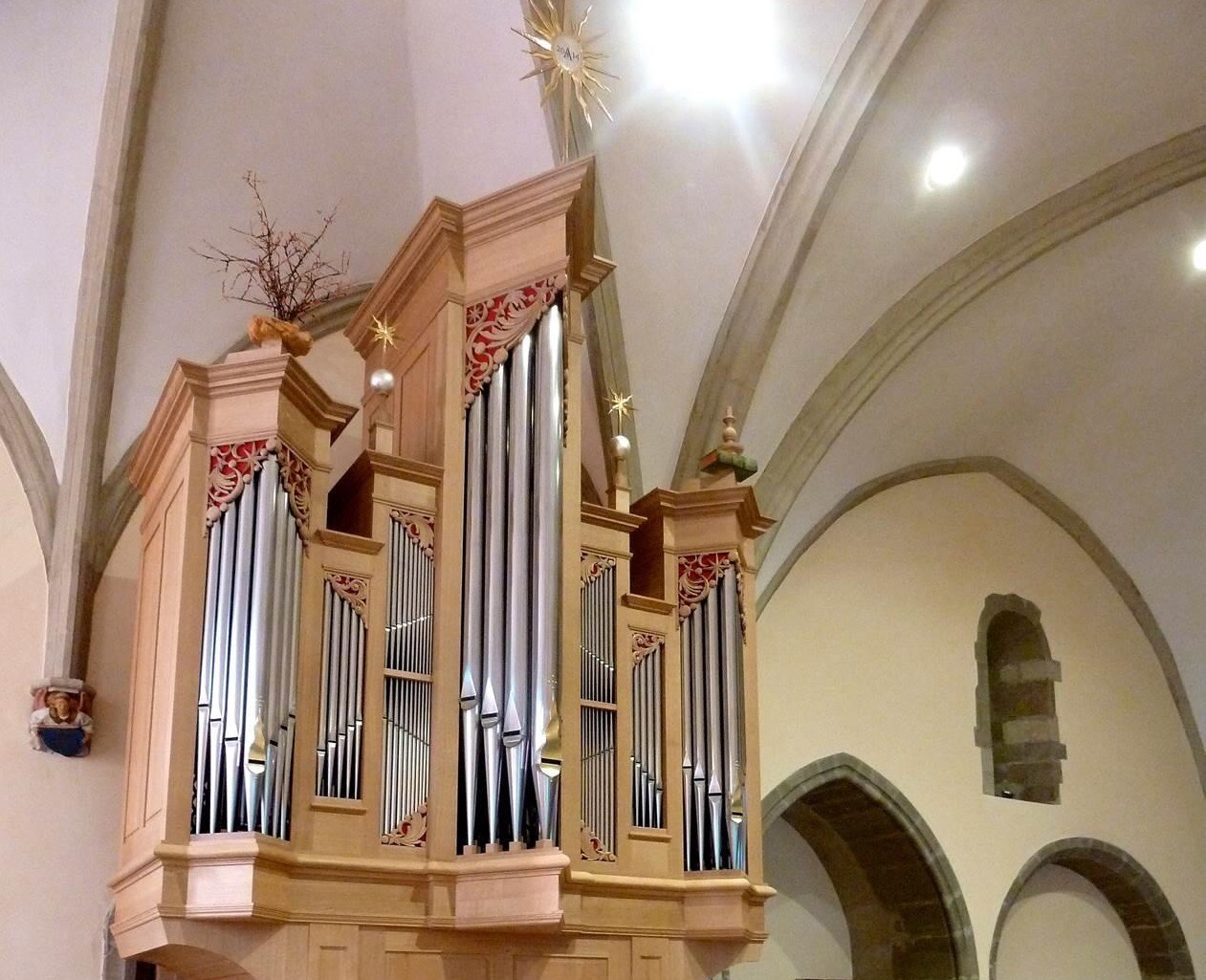February 11, 2018
Geneva, Switzerland
We woke to find that the cat had brought more stuffed animals into the bedroom overnight. This batch included one of the larger stuffed animals, a moose in a plaid scarf, roughly two-thirds the size of the cat itself. We suspect that he considers these animals to be trophies or presents for us, like when outdoor cats leave mouse carcasses on the doorstep, but what do we know? Every time we see him carrying one, he suddenly drops it and looks the other way as if he’s embarrassed. Most of them belonged to my daughters, and since they moved back to Boston with their mother three years ago, there’s no real point in keeping them around, and the girls are too old for them now anyway. I’m glad that the cat—Nocturno, a black-and-white Siberian who himself resembles a miniature bear—has found a use for them.
My wife Lydia’s son Constantin, who’s 11 but whose footfalls make the floors tremble like bowling lanes, came in and began the day as he begins every Sunday he’s with us, asking, “On peut faire des crêpes?” (“Can we make crêpes?”). “Bientôt,” I answered. I was rifling through the dresser to find cold-weather running clothes. Outside, snowflakes were falling tentatively through fickle gusts of wind—“spitting snow” is how my mother would have characterized it—and I began the internal negotiation that precedes winter morning running. Warm apartment, crêpes and a satisfying flood of neurotransmitters from the morning iPhone scroll versus running around in a nascent blizzard in tights.
The run won out in the end, and I loped toward Parc Bertrand, an irregular rectangle of green a few blocks behind our apartment. On a summer afternoon, I would have encountered elderly Swiss couples, Russian housewives, children with well-dressed mothers or other children with Filipina nannies. But on a Sunday morning in February, it’s almost all dog walkers, walking stiffly and eyeing their dogs resentfully over their scarves. I performed three and a half clockwise loops, thrice encountering a young woman running counter-clockwise in a knit cap with an oversized pom-pom, which bobbed half a beat behind her strides. The first time we passed each other, she suddenly broke into a sprint, which made me want to apologize for something, but then I realized that she was doing intervals and that she had just passed a lamppost marking the start of her next sprint. I passed a rail-thin elderly person of ambiguous gender who walked purposefully but without a dog, in a forest green parka and teal sweatpants with thick off-white piping. The snowflakes hovered like disoriented mosquitoes that had been dredged in flour.
Back in the warmth of our apartment, I prepared crêpes, angling the pan with my left hand to coat it with the batter I poured with my right. Once the batter set, I held a Swedish wooden knife in an acute angle to the pan to paint a semicircle of chocolate tartine onto one half of thecrepe, then flipped the other half over to make a half-moon. I served Constantin his crepes in my bed, where he sat next to Lydia, their faces flickering in the light of an episode of The Good Fight. I left them there and went to church.
The Church of Scotland Geneva holds its services in the Auditoire de Calvin, which is tucked behind the southeast corner of the Cathedral de Saint Pierre, where the big Swiss Protestant Church meets. Both sit on top of the hill in the middle of the Old Town, and the cobblestones, buildings and winter sky were all similar shades of slate grey. The Italian and Dutch churches also use the Auditoire, or at least they used to; I think the Italians moved theirs up to Lausanne a couple of years ago. Jean Calvin himself used to preach here back in the 16th century, and the décor is appropriately Calvinist: milk-white walls between stone pillars under an arched ceiling painted a slightly different shade of white. Some modest decorations in the side chapels. Three monochromatic smears of blue stained glass above and behind the altar, which is not an altar at all but a wooden table placed lengthwise before the congregation. The only thing ornate about the place is the organ, which bursts forth from the apse stage right, blonde wood spires menacing the ceiling. The organ was rebuilt a few years ago by some legendary and temperamental Swiss artisan named Aubertin, who insisted in putting an oversized “A” on a wooden escutcheon atop the middle spire, like a hood ornament on a late-70’s Cadillac.
There are rows of wooden chairs, also blonde wood, in place of pews, and I took one on the right, midway up the aisle. Nicola, a Welsh opera singer with straight shoulder-length brown hair who often wears tight jeans and a leather fanny pack, sat down next to me. Nicola is the Bible Reading Coordinator, which means she assigns the two or three passages that someone reads during the service (sometimes it’s me, but it wasn’t my turn this Sunday). During the opening hymn (“Oh send thy light forth and thy truth”), Eleanor, a woman from northern England in her 70s who is married to a Swiss German named Jürg, walked back from a few rows in front of us. She leaned over and said a few words to Nicola, who listened with a concerned frown. I thought there might have been some sort of drama going on, and I had a brief moment of that despair which comes with the realization that people at church can be just as petty as anyone. But then Nicola told me that Eleanor had just been worried that she might not do her reading well, because she had only found out the day before which passage she was going to read and she needed a lot of time to prepare because she only learned to read at the age of twelve. She got through her two readings fine though. Between the first and second, Nicola leaned over and reminded her to make sure the microphone was pointed at her mouth: our lectern mic has a pretty narrow choke, and with the heavy echoes in the Auditoire it’s impossible to hear anything if it’s even a little misdirected. Eleanor adjusted it in time for her second reading, and Psalm 10 made us all start a bit as she delivered it: “You will hear the desire of the meek; you will strengthen their heart.”
The snow had turned to rain by the time I drove back home. Lydia had started making lunch already: a salad and some pasta and sautéed courgettes. She made a tahini sauce in the blender, and we took turns dipping in pieces of bread, lowering our hands in carefully to avoid getting the sauce on our knuckles and sleeves.
After lunch, the three of us played Serenissima, a board game where you play a Mediterranean trader in the Middle Ages, ferrying around little wooden cubes of different colors which represent workers and goods, earning ducats and building fortresses and cathedrals in ports like Venice and Alexandria and Constantinople. Even without its geography, Serenissima would probably be classified as a “Euro,” a genre of board game in which the different players go about their business without bothering the others too much (Euros sometimes even encourage cooperation between the players), until the end of the game is reached and everyone tallies up their gold or coins or victory points or whatever. This is in contrast to “American”-style (or “Ameritrash”) games, which typically come without any fussy rules or logic to prevent one player from beating the others into a bloody pulp. I actually don’t remember which one of us won, but this is not an uncommon thing with Euros.
 Tom Snow
Tom SnowBefore dinner, Lydia took Constantin swimming (Geneva has a couple of kick-ass Olympic-size indoor public pools), and I stayed home and started a chicken soup. I rinsed the chicken under the faucet, then lowered it onto a bed of marrow bones on the bottom of the pot. On the way back to the pool to pick them up, I listened to Roger Waters croak, “Fear drives the mill of modern man.” At a stoplight, I watched a delivery guy idling on his moto scooter, which had a glowing black plastic cube advertising an Italian restaurant over the rear tire. Then the same rail-thin guy/woman from the park that morning walked by, wearing different sweatpants but the same green parka.
After Constantin went to bed and while Lydia took a shower, I tried FaceTiming my daughters, 4:30 p.m. ET / 10:30 p.m. CET being a time when I’m less likely to be interrupting anything. They all share the same Apple ID, which I think makes all their phones ring at the same time, so I never know exactly which one of them may answer. Usually it’s Mia, the oldest who’s 16, and indeed Mia’s face soon came into focus on my screen. There’s always an unsure moment at the beginning of these calls, where I’m looking at them while at the same time looking at my own face in the little window in the corner, and they’re doing the same, and neither of us is sure that we can hear each other yet. She gave me a shy but earnest smile, closed-mouth over her braces. She had white earbuds in her ears with the thin cords dangling down. She showed me her chemistry homework and the equations she was balancing: “You just have to make it the same on each side.” Over each of her shoulders I could see posters, spaced evenly on the wall above her bed: memorials to the pop culture touchstones of her youth: Friends, The Walking Dead, Game of Thrones. I aimed my phone at the enormous scratching post we had bought to show her how Nocturno would climb all the way the top to get a treat. After a few more minutes, she asked, “Do you want to talk to Ellie?”
The image on my screen jerked as she passed the phone to Ellie, 13, who sat on Mia’s bed and told me about how everyone at her school was supposed to wear some kind of Patriots clothing the Friday before the Super Bowl, but she wore her Rams jersey because she doesn’t like the Patriots. Sarah, Ellie’s twin, was taking a nap. Finally I told them it was time for me to go to bed, so we said goodnight, and my thumb hovered over the red “hang up” button until they disconnected, their smiles frozen on my phone for a second or two, and then my home screen came back up again.






